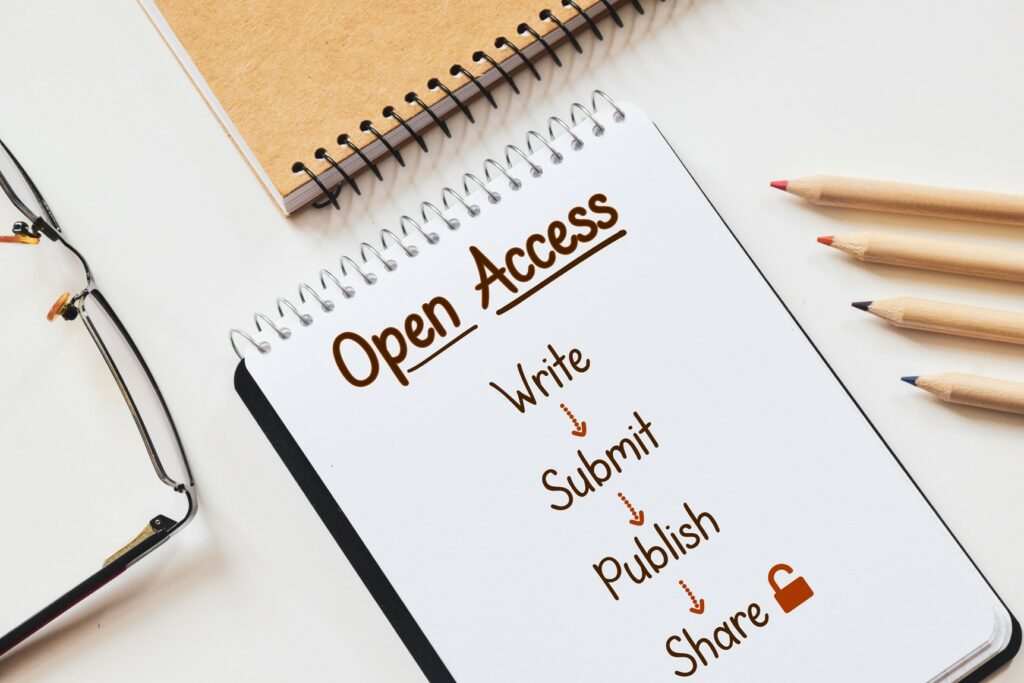The Big Ten Academic Alliance (BTAA), in which Indiana University is a part of, and Cambridge University Press (CUP) have agreed on a new 3-year Read and Publish license deal (2024-2026) for CUP journals. This deal includes:
Reading: Access to all CUP journals (over 400) at a price similar to or slightly higher than what campuses were paying for fewer journals. This includes permanent access to journal content published during the agreement period.
Publishing: No fees for authors from your campuses to publish open access research articles in CUP’s gold OA and hybrid journals. There are no limits on this.
This agreement not only benefits participating campuses immediately but also supports a fairer scholarly system. Articles published under this deal will be freely accessible to anyone, anywhere, regardless of their ability to pay.

What is Open Access?
Open access (OA) refers to the free, immediate, online availability of peer-reviewed research articles, allowing anyone to read, download, and share them without financial, legal, or technical barriers. This publishing model contrasts with traditional subscription-based journals, where access is often restricted to those who can afford to pay.
Why Publish Open Access?
- Wider Reach and Impact: Open access ensures that research is accessible to a global audience, including scholars, practitioners, and the public. This wider reach can lead to increased citations and greater impact, as more people can read and build upon the work.
- Equity in Knowledge: By removing paywalls, open access democratizes knowledge. Researchers from underfunded institutions or developing countries, who might not afford expensive journal subscriptions, can access the latest findings. This fosters a more inclusive and equitable scholarly community.
- Accelerated Discovery: When research is freely available, it speeds up the dissemination of knowledge. Scientists can quickly access and incorporate new findings into their work, accelerating the pace of discovery and innovation.
- Transparency and Reproducibility: Open access promotes transparency in research. When data and methodologies are openly shared, it allows for greater scrutiny, replication, and validation of results, enhancing the credibility and reliability of scientific findings.
- Public Engagement: Open access makes research accessible to non-academics, including policymakers, educators, and the general public. This can lead to better-informed decisions, increased public understanding of science, and greater societal impact.
Eligibility
To be eligible, articles must:
- Have a corresponding author affiliated with a participating institution as listed above.
- Be original research – eligible article types are research articles, review articles, rapid communications, brief reports and case reports.
- Be accepted for publication in a Cambridge University Press journal covered by the agreement.
- Be accepted for publication from 1 January 2024 – December 31, 2026.
IU East faculty who have questions about open access or want to take advantage of this opportunity can learn about the publishing steps from CUP’s OA Publishing Guide. Faculty can also reach out to Assistant Librarian of Access and Technical Services Beth South at eabrockm@iu.edu with questions.

